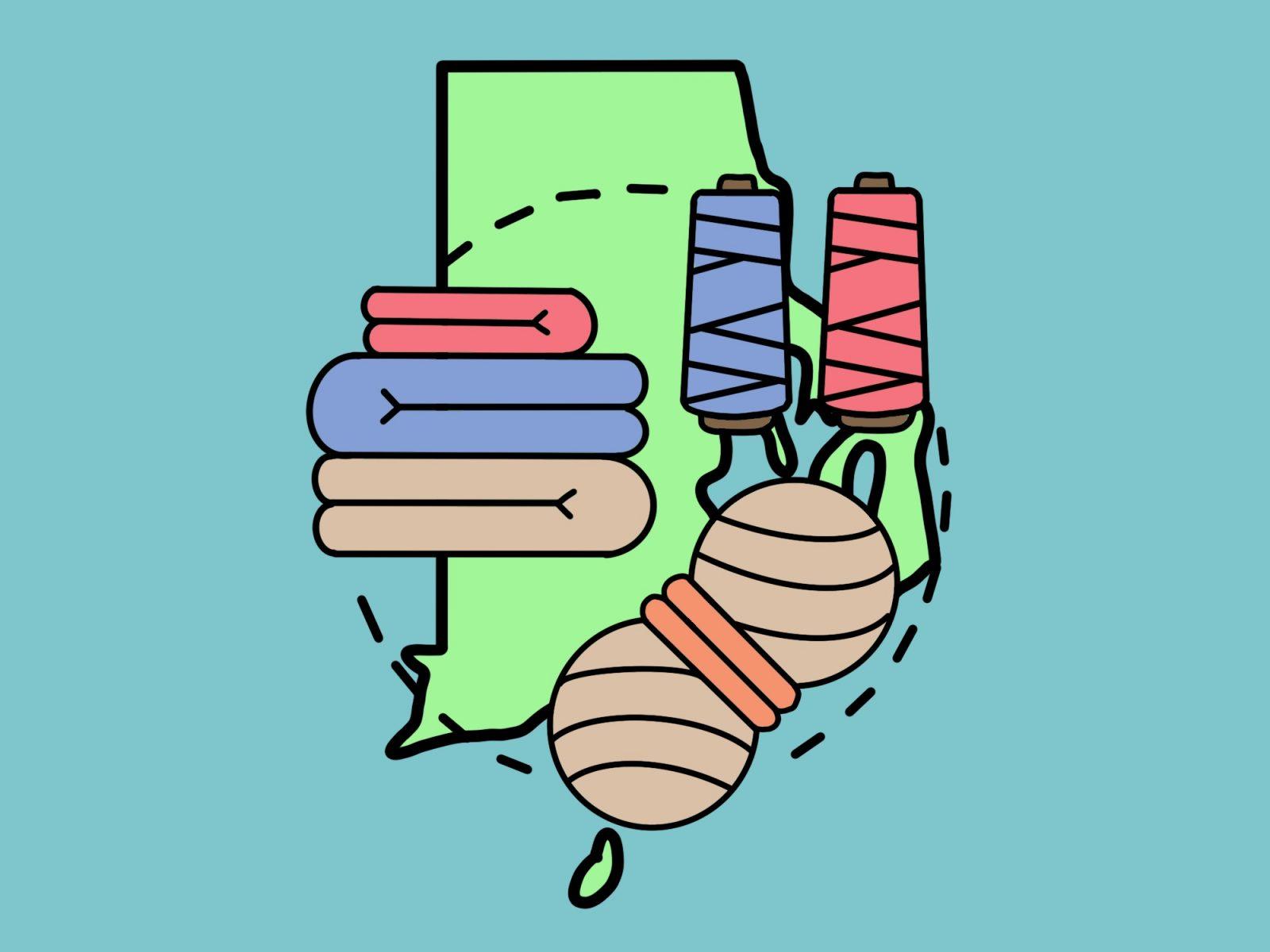What makes a house a home? Constructing shelter is a universal task found across all human cultures. From an igloo on the arctic tundra keeping the elements at bay to a grass hut on the savanna supplying protection from predators — shelter is one of life’s most basic necessities.
Very few cultures in history have routinely constructed shelters in which nobody lives, with the United States being one notable exception.
As of 2020, nearly one in 10 U.S. residential buildings stood empty — approximately 16 million houses.
In theory the U.S. should be more than capable of housing its homeless population of approaching 600,000 people, yet homelessness rates have precipitously risen throughout the past decade. Furthermore, more than 11 million people faced the threat of eviction last year.
What’s up with this mismatch? Well, in spite of what one may infer from these statistics, the U.S. does in fact have a housing assistance program, called the Housing Choice Voucher Program or more commonly known as Section 8.
The program works by supplying housing vouchers to those below a certain income threshold, supplementing some or all of their rent by sending funds from the local housing authority directly to their landlord.
True to the classic American way, instead of simply providing those in need with any one of the vast abundance of surplus houses to be found within the country, Section 8 gives individuals the freedom of having to go out and find a vacant leased property.
From there they are expected to pay rent to a parasitic landlord who adds no value to the property and only owns it because they had enough excess capital to purchase a house they didn’t need to live in.

There are additional flaws with Section 8 as well.
Housing, similarly to things such as medical care, is unlike many other consumer goods and services. Since it’s a basic necessity for life, people are generally willing to pay as much as they possibly can to not end up without shelter. Thus landlords will hike up rents as high as they think the most well off renters in any given area will be able to afford.
This leads not to a housing shortage but an affordable housing shortage.
Seeing as Section 8 voucher amounts are scaled with one’s income and will be able to cover these high rents, that shortage results in waiting lists for receiving vouchers becoming exorbitantly long.
The average wait time to receive a Section 8 voucher is around two and half years while in some areas you may be waiting over eight years on average to receive a voucher which covers a fraction of your housing costs.
And here’s the kicker — once someone finally does receive a voucher, finding housing can still be difficult.
After getting your voucher you usually only have between 60 and 120 days to sign a lease, and discriminating against those with housing vouchers is incredibly common. In some places studies show more than 75% of landlords say they refuse leasing to renters on Section 8. Ultimately, 50 to 60% of voucher recipients do not succeed in using them to secure housing.
Only 13 states have enacted state-wide legislation trying to prohibit landlords from discriminating against Section 8 recipients, but such discrimination is very hard to substantiate and leasers will engage in workarounds such as refusing to show properties, not filing paper work and raising fees for those on housing vouchers.
With the staggering number of empty houses to go around, one might wonder — why is the housing voucher system so inefficient and predatory?
The final key to understanding the so-called housing shortage is knowing the two categories these vacant properties fall into.
In the first category are the countless abandoned buildings, found predominantly in the most impoverished areas of inner cities. These buildings could house the homeless population, but considering they’re unprofitable to repair and refurbish — this remedy is unlikely to be sought out.
In the subsequent category are the nearly six million secondary properties (or third, or fourth, etc.) owned or rented by those with the luxury of having multiple homes while some have none at all.
We have the means to eliminate homelessness if the powers at be decided it advantageous to do so, but why would they?
A homelessness crisis, despite an abundance of homes, and poverty, in a country with more than enough money, are not bugs of the system — they are features of the rigid economic and political hierarchy they’ve fixed themselves atop of.
This system keeps the working class dependent on the very same state apparatus protecting those who exploit them in the first place, as well as serving as a threat — keep going to work to keep making someone else a profit, or else one day, this may be you.





























































































































